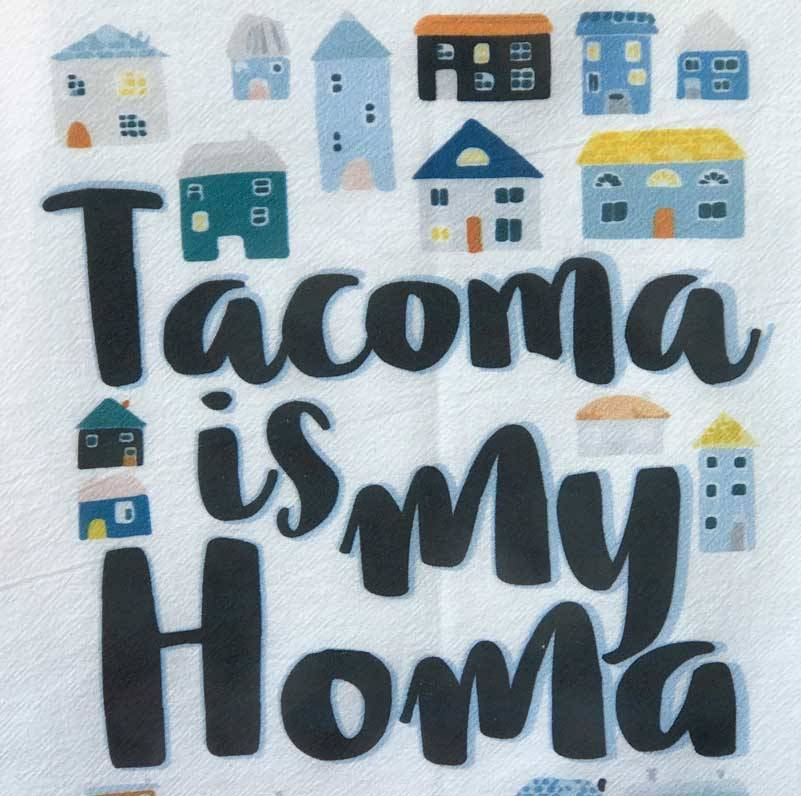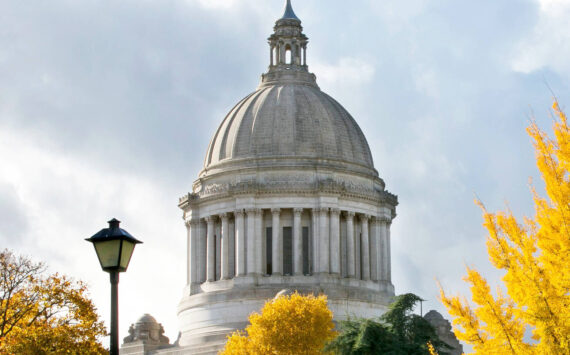By Morf Morford
Tacoma Daily Index
Americans are notorious for having short memories – and a less than comprehensive understanding of history.
We expect our financial leaders to be a little bit better in their grasp of the nuances and pitfalls of economic forecasting.
Or even in their understanding of the past.
The 2008-09 recession was vastly worse than it needed to be; the housing foreclosure crisis, for example, ruined the credit rating of hundreds of thousands, left houses empty, stalled much-needed construction and contributed to a homeless crisis that we will suffer through for many years to come.
Who imagined that forcing home owners out of their homes and driving them into bankruptcy would have long term effects on the economy?
(Actually, anyone with a pencil and a piece of paper could have figured that out, but that is another story…)
Back then, economic policy makers placed a priority on curbing inflation and managing the pace of economic growth rather than by spending public money – and saving the equity and life savings of many thousands of previously stable middle class citizens.
Fast forward to 2021 and those conventions of what had been call “fiscal responsibility” were dumped around the world.
In the new economics, long-term fiscal policy took over from monetary policy. Around the world, instead of giving money to the big banks, governments channeled cash payments directly to households and businesses as governments ran up record budget deficits.
National and global central banks played a secondary and supportive role—buying up the ballooning government debt and other assets, keeping interest rates low, and insisting that this was no time to worry about inflation.
Policy makers made a philosophical shift and started looking beyond aggregate metrics, and began looking at the statistics that show how income and jobs are distributed and who needs the most help.
So instead of billion dollar payments going to a few major banks, far smaller payments went to unemployed or partially employed workers and their families.
In response, those households spent that money which, in turn, kept a creaky economy in motion.
In the U.S., and to a lesser extent other developed economies, the result has been a much faster recovery than after 2008. That success is opening a new phase in the fight over policy – and increased concern about what had been a terror to a generation – inflation.
Fewer and fewer of us remember the perpetual sticker-shock of prices rising on a near daily basis – but, for a variety of reasons, we are seeing it again, at least in some areas.
But as in everything else in 2021, it’s a bit more complicated than that.
Some politicians are scoring cheap political points by pointing out that gas prices have gone up dramatically in the past year.
Of course they have.
And you might even take a moment to recall why most of us were driving considerably less a year ago.
And then you might factor in how many more people are driving non-fossil fuel vehicles (mostly electric) and a few greater than average storms that paralyzed the gas producing areas of the country and it becomes obvious, after a moments thought, why gas prices might be a bit unpredictable.
Add in supply chain complications and increased consumer demand and you have shortages and higher prices, but most of us are convinced that these market glitches are purely temporary and that prices should drop and stabilize fairly quickly.
What’s next?
In other words, lessons have been learned about how to get out of a downturn.
Now it’s time to figure out how to manage the inevitable follow-up.
Economic theorists and talking heads have long pondered the recurring and seemingly inevitable swings – the recessions and recoveries that make up the business cycle.
They’ve looked for causes in mass psychology, financial institutional manipulation, and even weather patterns and shifts in fashion.
According to the traditional laws of the cycle, it should’ve taken years for households to claw their way back from 2020’s sudden collapse in economic activity.
Instead, the U.S. government stepped in to insulate them from its worst effects in a way that hadn’t really been tried before: by replacing the wages that millions of newly out-of-work Americans were no longer receiving from employers. Across America, and in many other countries as well, benefit checks compensated for all the lost paychecks.
U.S. politicians moved rapidly because they could see the calamity that would result if they didn’t.
But pandemic-era policies were also shaped by regrets, which had been building for a decade, over the response to the last major economic crisis in 2008.
In hindsight, most economists have come to regard that response as lopsided and inadequate.
Anyone remember that term that almost defined that era; “Too big to fail”.
Big banks got bigger, and government grants and loans to keep them afloat got bigger too.
Bank bailouts fixed the financial system, but little was done to help debt-burdened homeowners, and household incomes were allowed to implode.
Home owners defaulted on their mortgages and thousands of homes were vacated – and the seeds of a housing crisis were planted – and a hatred of big government and “the elites” grew and festered and came to define our political climate for years to follow.
Fast forward to 2021, as their jobs evaporated in the spring of 2020, Americans struggled to make rent, pay mortgages, and cover car payments.
Without the government’s efforts to replace lost income, the health crisis that had already triggered a jobs crisis could have easily morphed into yet another long-standing financial crisis.
In contrast to 2008, the logic of pandemic policy went more like this: clearly no Americans thrown out of work by the pandemic—mostly low-paid workers in restaurants and other “essential” service industries—lost their jobs through any fault of their own.
This made politicians comfortable supporting a larger than usual fiscal response.
Unlike the Fed actions that dominated crisis management in the past, government spending landed directly in people’s bank accounts. Even before COVID, the plight of low-paid workers was increasingly a focus of economic policy.
The depth of the Great Recession and the slow recovery—it took more than a decade to restore pre-2008 levels of employment—put issues such as economic inequality and racial justice in the spotlight.
Wealth and income gaps, especially in the U.S., but in other developed countries, too, have been widening since the 1980s as government intervention in the economy was supplanted by an overreliance on the “invisible hand” of the free market.
In future downturns, direct payments to low-income households could be a powerful new tool to protect people at the bottom of the economic ladder from the wealth destruction that always accompanies downturns.
Now that they’ve been used (and largely found effective) in one recession, it will be hard to argue that they shouldn’t be used in the next one
Most of the older financial officers in charge of central banks, finance ministries, or economics departments have some recollection of the inflationary 1970s and their aftermath.
But more and more of their offices are staffed by younger economists who’ve never seen much price instability in the developed world—and who object to an obsession with inflation at the expense of social priorities such as full employment and fairer distribution of income and wealth. These economists are more likely to see inequality as the most pressing problem over the, to them abstract, potential of inflation.
The recession of 2008 saw the greatest decline of the middle class in American history.
Home ownership rates shrank, homelessness among the previously housed and employed exploded.
And maybe we learned anew what we knew all along; a solid and stable middle class, with opportunity available to all, really is what makes America great.






